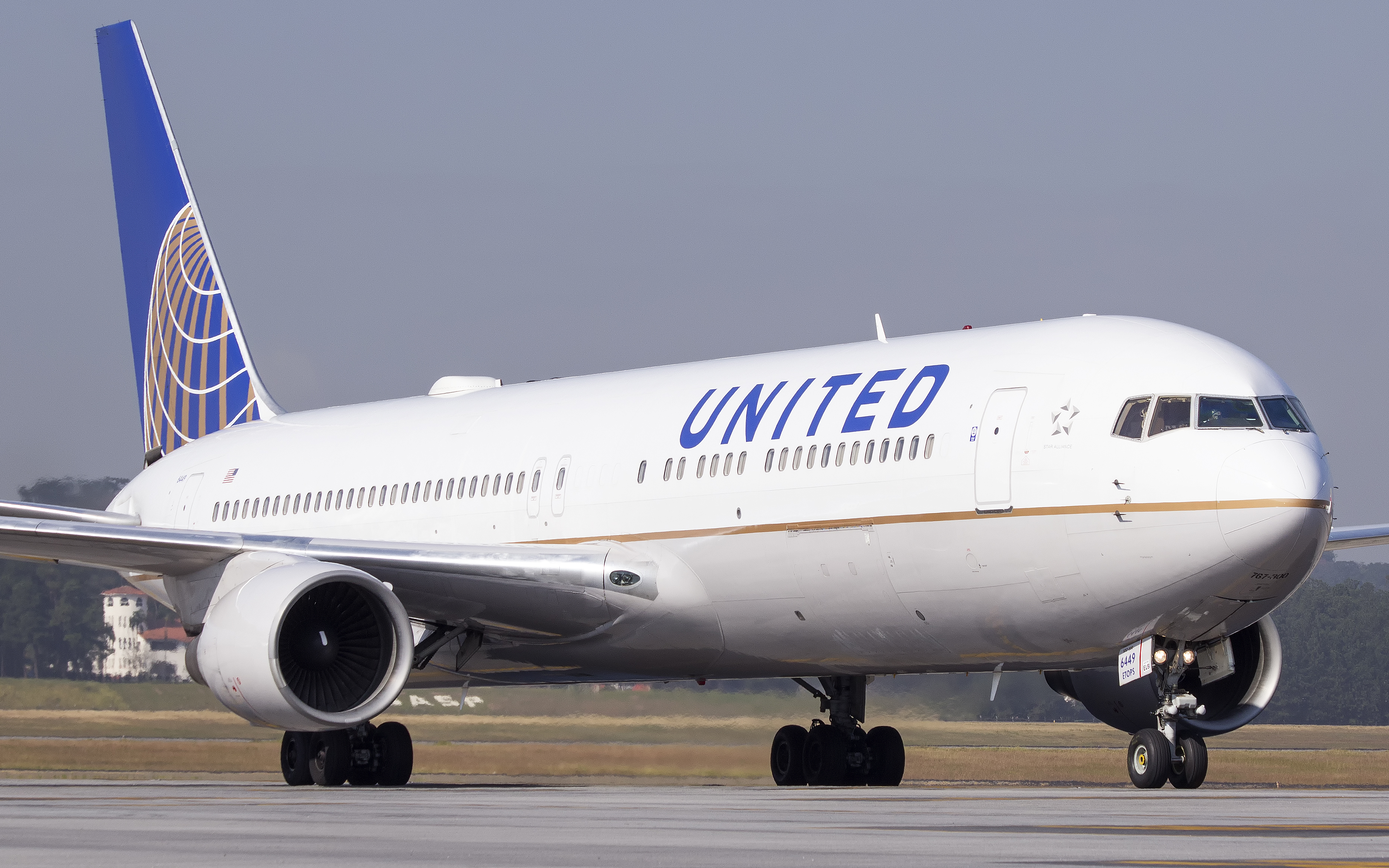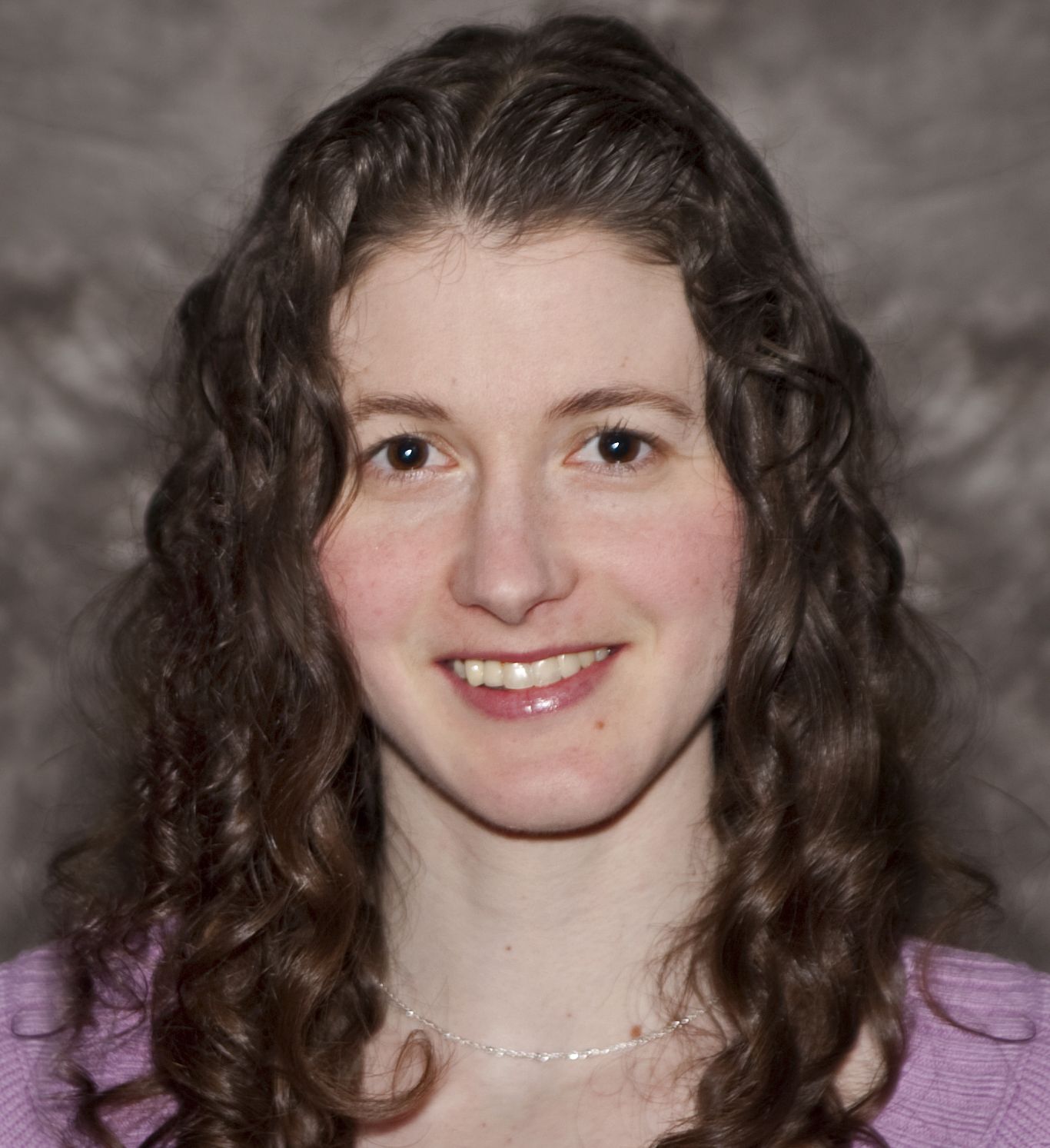1st US airline offers rapid COVID-19 testing to some passengers

Tests will be offered for passengers traveling from San Francisco International Airport (SFO) to Hawaii.

United Airlines has become the first U.S. airline to launch a pilot COVID-19 testing program for some of its passengers, the company announced on Thursday (Sept. 24).
The airline plans to offer rapid COVID-19 testing for United passengers traveling from San Francisco International Airport (SFO) to Hawaii, the company said in a statement. Beginning Oct. 15, customers on these flights will have the option to take a COVID-19 test at the airport or to submit a self-collected mail-in test before their trip, according to the statement.
Customers who opt for the airport test will receive the Abbott ID NOW COVID-19 test, a nasal swab test that provides results in 15 minutes. The tests will be administered by GoHealth Urgent Care, which will have a dedicated COVID-19 testing area at SFO. Travelers who opt for a mail-in test will receive a nasal swab self-collection kit from the testing company Color, and are recommended to return their samples within 72 hours of their trip. Color will provide test results via text or email within 24 to 48 hours.
Related: 20 of the worst epidemics and pandemics in history
For now, the tests are limited to flights from SFO to Hawaii, but United is looking to expand COVID-19 testing to other destinations and U.S. airports later this year, the statement said.
The news comes as airlines around the world are pushing for COVID-19 tests as an alternative to travel restrictions and lengthy quarantines for travelers. Earlier this week, an industry group for the world's airlines called for the use of rapid antigen tests — which looks for specific viral proteins — for all international passengers, according to CNBC. German airline Lufthansa also announced that it plans to offer COVID-19 antigen tests to its passengers beginning in October, starting with business and first-class passengers, according to Reuters. And American Airlines is looking into options for rapid COVID-19 testing as well, according to Forbes.
United Airlines said it's working closely with Hawaii to ensure that passengers who test negative don't have to undergo a 14-day quarantine. Hawaii currently has a 14-day quarantine requirement for those arriving into the state from anywhere else, but will lift the requirement on Oct. 15 for those who test negative 72 hours before departure, CNBC reported. In other words, a COVID-19 test is not required to travel to Hawaii, but those who don't document a negative test will be subject to the quarantine.
Get the world’s most fascinating discoveries delivered straight to your inbox.
Originally published on Live Science.

Rachael is a Live Science contributor, and was a former channel editor and senior writer for Live Science between 2010 and 2022. She has a master's degree in journalism from New York University's Science, Health and Environmental Reporting Program. She also holds a B.S. in molecular biology and an M.S. in biology from the University of California, San Diego. Her work has appeared in Scienceline, The Washington Post and Scientific American.


